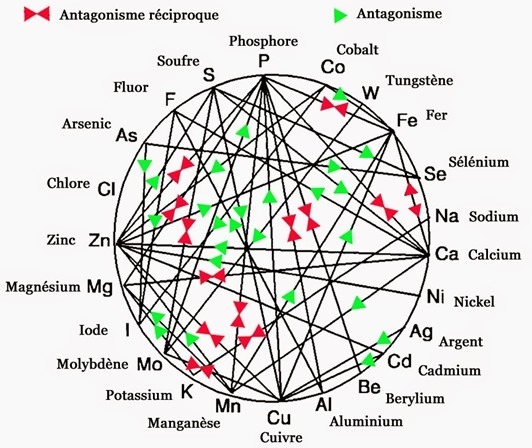DEEP SEA WATER
Sea Water
Seawater contains 35 grams of mineral salts: 30 grams of sodium chloride and 5 grams of marine minerals (78).
Seas and oceans cover 71% of the Blue Planet and represent 97% of the total volume of water available on our “blue” planet. Since the 1970s, Asian scientists have been interested in seawater drawn from deeper waters. Named Deep Sea Water, it could constitute a real renewable and qualitative alternative to the current terrestrial overexploitation.
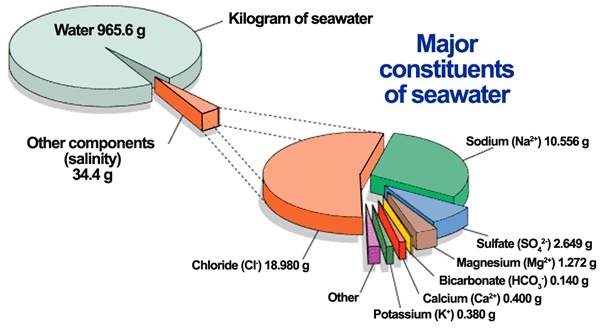
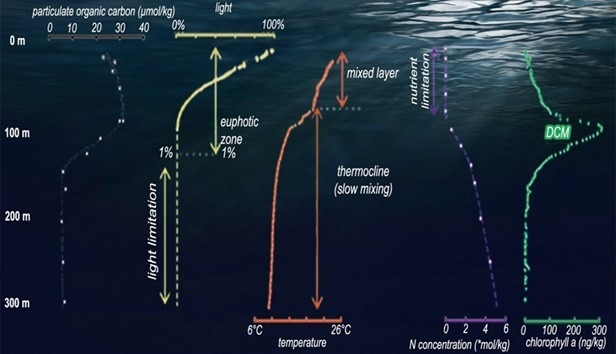
Deep Sea Water New Horizon
Deep Sea Water is the water located from 200 meters below sea level. These 200 meters correspond to the thermocline, an invisible boundary that separates the warmer surface waters from the colder waters of the deep. The conditions of pressure, darkness and temperature (6 to 9° Celsius constant) from these depths favor a great wealth of varied marine minerals.
Studies explain that from 200 meters, the sunlight does not intervene anymore. This absence of light, illustrated by the yellow curve on the graph above, hinders the development of phytoplankton. Unable to photosynthesize, the phytoplankton becomes scarce. The marine minerals are without predators and are therefore present in greater quantities. The observation of the purple curve on the graph allows us to see the increase in the concentration of nutrients as a function of depth. There are nearly 80 minerals and trace elements such as magnesium, zinc or manganese.
DIFFERENCE BETWEEN MINERAL AND MARINE MINERALS
The mineral is a rock that cannot be assimilated by the organism; it is called a mineral in ionic form, which is the case of mineral water, unlike sea minerals, which are called chelated minerals in colloidal solution.
In order to transform minerals into bioavailable minerals, photosynthesis and amino acids are required. This is the case for vegetables and sea water. Indeed, for sea water since 3.5 billion years it is the phytoplankton that transforms the mineral into minerals 100% absorbed by the human body.
It is clear that terrestrial mineral water has not undergone this transformation and consequently it contains dissolved rock that cannot be assimilated.
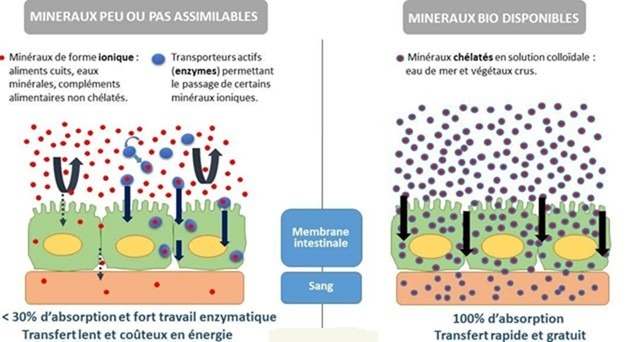
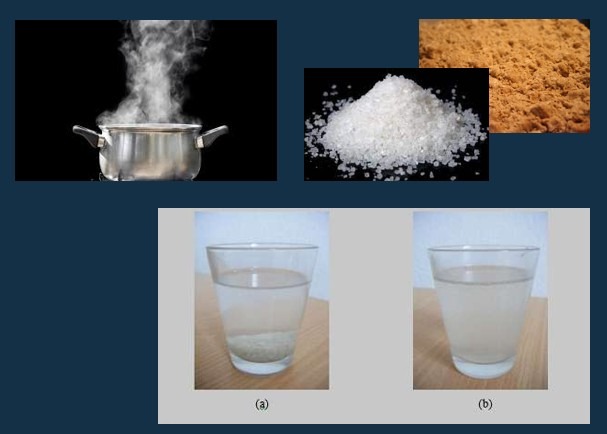
PROOF BY EXPERIENCE
Evaporate one liter of land water in a first container and from a second container do the same with one liter of sea water.
Once the water has evaporated you will find a yellow, rock-hard substance in the first container at the bottom: tartar. Take one liter of water to dissolve this scale, impossible you can dissolve it only with acid….
In the second container at the bottom you find a white powder (35 gr) of mineral salts. Take a liter of water to dissolve this white powder, instantly there is dissolution, this is what happens in the human body, the sea minerals are 100% available.
SEAWATER A UNIQUE COCKTAIL OF MINERALS
81 of the 110 elements in the periodic table are minerals, more than 78 of them are identified in seawater! At least 70 of them are vital substances for our body (WHO) and are all contained in water
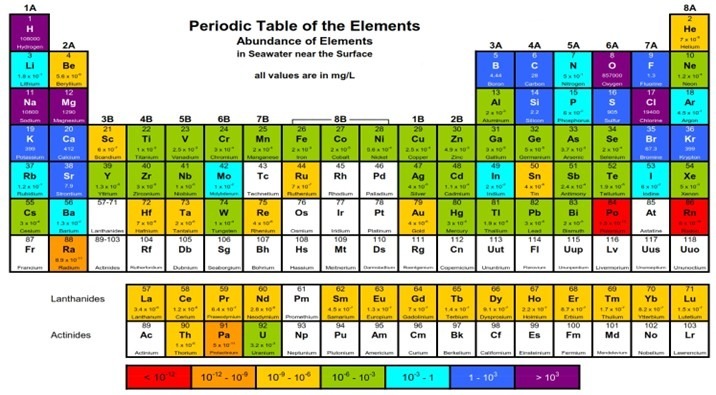
SEAWATER A UNIQUE COCKTAIL OF MINERALS
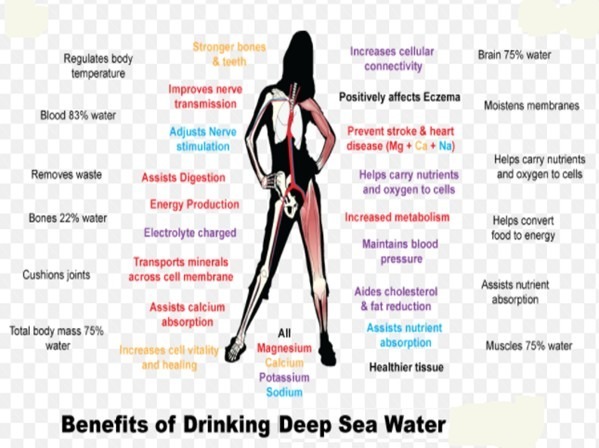
It can be seen that chlorine has no antagonistic action
